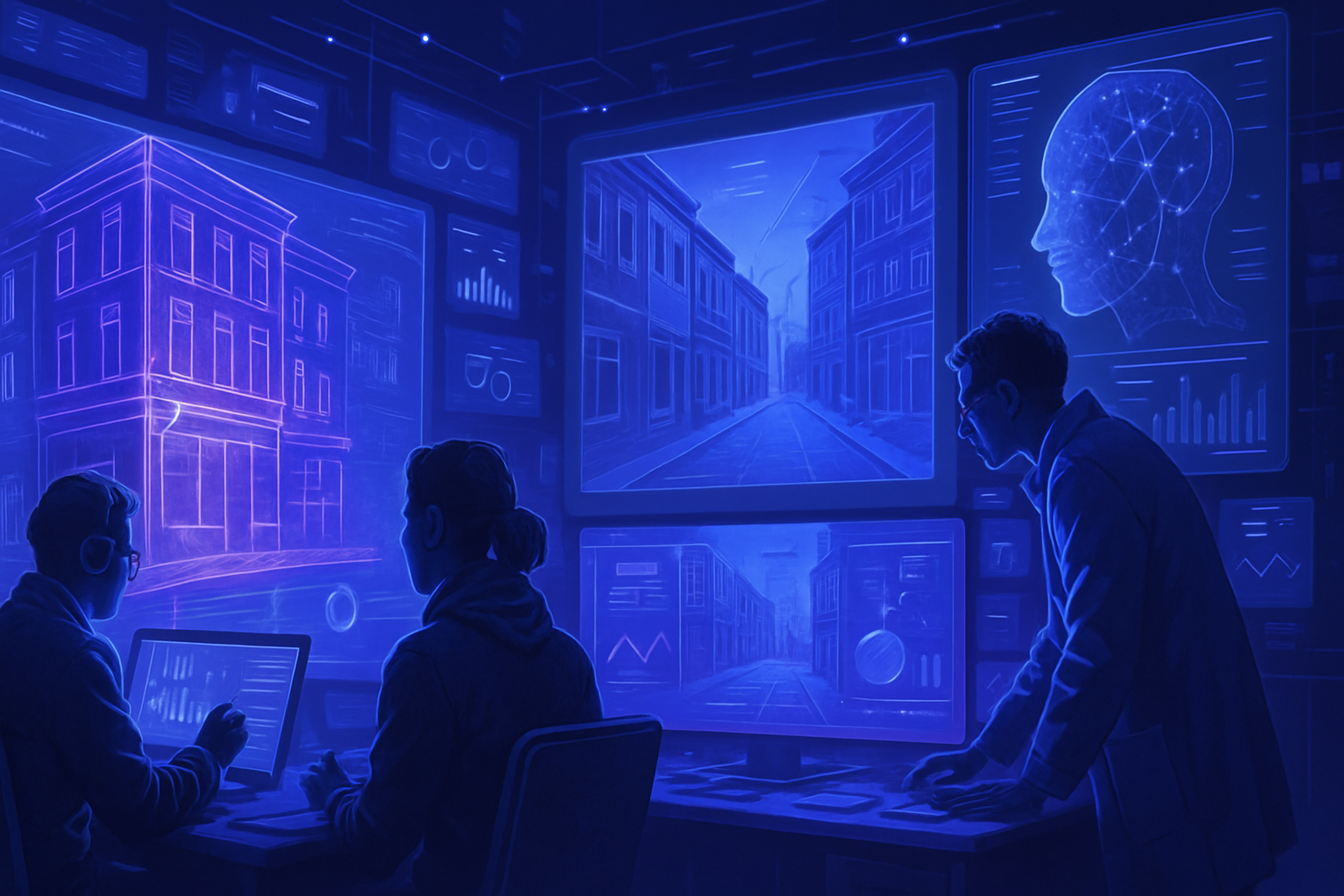Technological innovation is manifesting today through the use of artificial intelligence to analyze urban structures. Researchers from the University of Toronto are leveraging Google Street View images to estimate building characteristics. This includes elements such as their age and size. This revolutionary process opens the door to a more accurate understanding of urban resources and facilitates the planning of future infrastructures. Far from being limited to the exterior, this approach allows predicting invisible attributes on facades. The results obtained could well transform the way decision-makers perceive and plan our cities.
Exploitation of visual data
Researchers at the University of Toronto have developed an innovative method using artificial intelligence and Google Street View images to extract detailed information about buildings. This tool allows evaluating characteristics such as the age and square footage of the structures, which could transform urban planners’ approach to urban resource needs.
A significant advancement in research
Their work, recently published in the Journal of Industrial Ecology, represents a first in the field. Shoshanna Saxe, associate professor, specifies that this research allows predicting aspects that are invisible to the naked eye simply from an exterior image. The method, cost-effective and efficient, could solve complex issues related to carbon legacy in building.
Assessment of infrastructures
By integrating this data, it becomes possible to assess the stock of buildings, the flow of construction materials as well as the incorporated greenhouse gases. With an accurate estimation of emissions generated by the production and transport of goods, urban planners will be able to better plan future infrastructure projects.
Reliability of artificial intelligence
The team trained the artificial intelligence to estimate building attributes based on exterior images. This approach has achieved impressive results, with 70% accuracy for predicting age and 80% for size estimation. Alex Olson, co-author and senior researcher, describes this evaluation capability as a major advancement for understanding local infrastructure usage.
Visualization beyond façades
This research is not limited to simple images. The interpretation of façades presents the possibility of assessing interior spaces, estimating the use of resources necessary for the construction and operation of buildings. The experience gained outside the structures contributes to providing valuable information about their age and the materials used.
Large-scale use and implications
The accessibility of Google Street View makes this method incomparably cost-effective. According to Saxe, the team invested about $1,000 in photos to gather data that would have cost millions to acquire otherwise. Understanding neighborhoods on a large scale is now within reach of urban planners, enabling them to optimize resource use.
An informed vision for the future of cities
This technique promoted by researchers at the University of Toronto has profound implications for urban planning. The results obtained will help identify where underutilized resources are located and assess existing infrastructures. The ability to accurately describe the current situation paves the way for better planning for the future.
To learn more about advancements in artificial intelligence and their concrete applications, check out this article on Perplexity, or explore news from OpenAI.
Frequently Asked Questions
How are researchers using AI to analyze buildings via Google Street View?
Researchers use artificial intelligence to examine Google Street View images to predict attributes of buildings such as their age and size. This allows for detailed information collection that is not visible simply by looking at an image.
What are the advantages of this method compared to traditional approaches?
This method is extremely cost-effective, allowing for large-scale data acquisition for about $1,000, while traditional methods could cost millions. It also provides an accurate assessment of buildings without requiring direct access to each site.
What specific information can be obtained through this methodology?
Researchers can estimate various attributes of buildings such as size, age, building materials, and even the embodied carbon emissions related to their construction.
How can this data assist in urban planning?
The data obtained helps urban planners better understand the resource needs of cities, evaluate current consumption, and prioritize future infrastructure projects.
Does the use of Google Street View raise privacy concerns?
The project focuses on environmental and architectural data, not personal information. This minimizes privacy concerns while allowing for the analysis of urban infrastructures.
What is the accuracy of the predictions made by AI in this context?
Researchers have achieved up to 80% accuracy for predicting building size and 70% for age estimation, which is significant in the context of information about many buildings.
What challenges do researchers face when assessing building façades?
Researchers often face design variations, renovations, and different façade materials that make predicting the exact characteristics of the building interiors difficult.
How can this research contribute to urban sustainability?
By providing data on the age of buildings and the materials used, this research helps assess embodied carbon, enabling urban planners to plan for more sustainable renovations and constructions.






